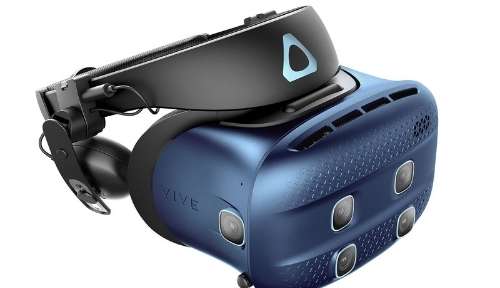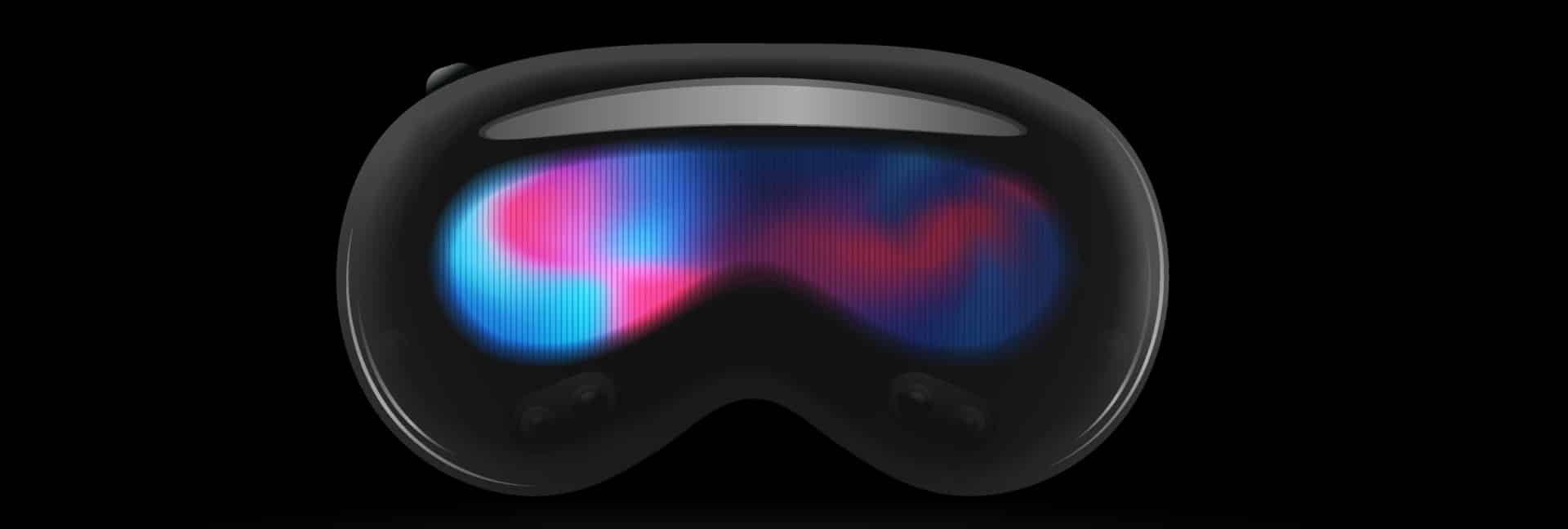Although a date has yet to be set in stone, the Apple Vision Pro is set to have an international release at some point in the not-too-distant future. But while people in Europe, China, and other parts of the world wonder when they can get their own Vision Pro, the go-to analyst on all things related to Apple’s supply chain, Ming-Chi Kuo, is pessimistic about international debut shipment volumes.
When the Vision Pro was launched in the United States on February 2nd, quantities were limited. Pre-orders of the $3,500 device accounted for most of the initial shipments. The slow rollout of Vision Pro was largely due to the difficulty in producing the near-4k OLED microdisplays.
Although Kuo is often right with his predictions surrounding major Apple products, it remains to be seen whether his recent blog post reflects the state of play in the Vision Pro’s international launch.
In his post on Medium, Kuo suggests that Apple has considerably reduced shipment volumes to 400- 450k units from an expected 700- 800k units in preparation for the device’s launch into new markets. He blames this reduction on a fall in demand in the US market.
So, is he right? Let’s take a look at Kuo’s suggestion in more detail and find out how the Vision Pro is really performing.
What Does Ming-Chi Kuo Say About the International Apple Vision Pro Launch?
Kuo delivered a series of short statements stating his beliefs on what’s happening right now for Apple with regard to current demand and production and how this affects the international Vision Pro launch later this year.
With Vision Pro shipments halving ahead of its planned release in new territories, Kuo says, “…demand in the US market has fallen sharply beyond expectations, making Apple take a conservative view of demand in non-US markets.”
He goes on to say that the lower-than-expected demand for the Vision Pro will impact the industry, too. He suggests that “trend visibility” for mixed reality is not as high as VR and that poor uptake of the Vision Pro affects the outlook for pancake and micro OLED technologies.
What Does This Mean for Future Apple Vision Pro Devices?
Although the Vision Pro has yet to reach a global audience, Kuo has previously discussed Apple’s mixed reality roadmap. Last year, he stated that he expects the second generation to go into production in 2025 alongside a more wallet-friendly iteration.
Now, Kuo says Apple is “adjusting” the roadmap, which he believes may mean there won’t be a Vision Pro 2 next year. Additionally, Kuo says Apple expects sales of the Vision Pro to drop year over year.
Is Kuo Right About Vision Pro Demand?
Ming-Chi Kuo is an often-quoted analyst at TF International Securities, a financial securities group in the Asia-Pacific region. Over the years, Kuo has shared predictions and information about Apple product launches and supply-chain factors, which he has consistently gained from contacts within the company.
Kuo’s statements are often proven to be correct, which has earned him a strong reputation. This is despite Apple CEO Tim Cook stating that supply-chain-sourced information isn’t a reliable way to make market predictions. And Kuo is sometimes wrong.
So, could Kuo be wrong about Vision Pro demand and the upcoming shipment commitments? Some leading VR news outlets are sceptical, arguing that in February, Kuo stated the US sales target for 2024 was between 150- 200k units. Previously, he had said that there were nearly 200k Vision Pro pre-orders alone. These figures don’t align with the narrative about low US demand.
Additionally, back in January, Kuo said that the shipment goal for 2024 was 500k units. This figure is backed by several reliable sources. Regardless of sales volume, this is the supply limit for 2024.
Various news outlets have reported on Vision Pro production challenges. Sony was tasked with producing the Vision Pro’s near-4K OLED microdisplays; however, due to constraints, a volume of 500k units is unachievable.
Kuo has previously cited similar projected shipment volumes. Last September, he posted that production would be limited to 400- 600k units.
Now Kuo is saying that the market consensus was that 700- 800k units would ship this year when he has previously claimed it would be less than this.
Apple May Have New Concerns
Elsewhere, Meta has announced its plans to open up the Quest platform to other headset makers, even rivals. The newly-named Meta Horizon OS is the same software used on the Quest range. By opening its OS, Meta is positioning itself in opposition to Apple’s closed system.
Meta has already partnered with Asus, Lenovo, Xbox, and potentially LG. Now, as Meta approaches more tech companies to adopt the Horizon OS platform, it stands a chance of facing up to Apple like Android did with smartphones.
By offering Meta Horizon OS to its competitors, Meta is effectively creating an open metaverse, one that will exclude Apple.
Will the Vision Pro Be Successful?
Apple has entered the market with a premium product at a very high entry price. At $3,500, it was unlikely that the Vision Pro would see volumes comparable to the Meta Quest range. However, Apple has always defined its market position with quality products that stand out against competitors.
At the moment, production constraints dictate supply volumes. Although we don’t yet have a date for an international release, scarcity will ensure demand exceeds supply. As production becomes more fluid and the lower-priced Vision Pro model is launched, it’s likely that Apple will find success in the mixed reality market, despite Kuo’s negative predictions and Meta’s bid to control the mixed reality software experience.







